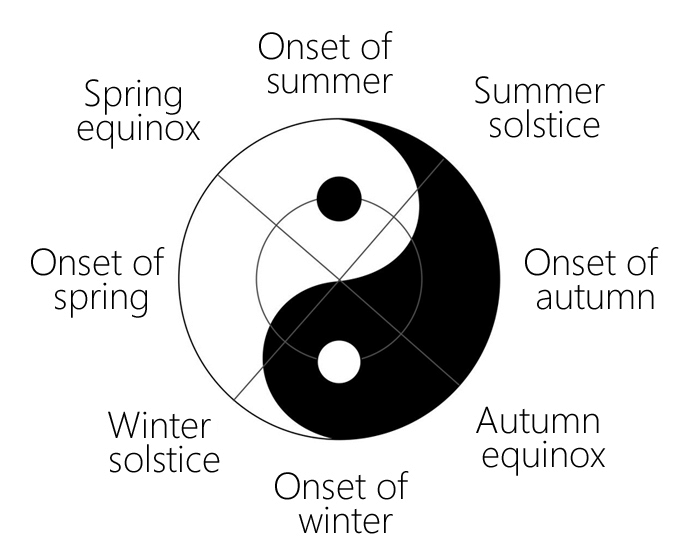

The so-called Western Zhou period (1046-771 BCE) transitioned to the Eastern Zhou period (771-256 BCE) when barbarians (probably the Xirong people of the west) invaded and forced the government to move east for better defense. This worked well as long as the lords were bound by their oaths of loyalty but, in time, the states grew more powerful than the king and the oaths were forgotten as royal authority declined. The revolts which erupted following the Duke of Wu’s conquests, and the vast territory the Zhou now held, encouraged a change of plan and the Chinese government was decentralized and reorganized as a feudal system in which lords, loyal to the king, governed nearly autonomous states. 1046-1043 BCE) but was greatly expanded by his brother, the Duke of Wu (r. The Zhou Dynasty began as a centralized government under King Wu (r. 141-87 BCE), Confucianism was adopted as the state philosophy and would go on, along with Taoism and Legalism, to inform Chinese culture up through the present day. Under the Han emperor Wu Ti (also known as Wu the Great, r. The Qin Dynasty was succeeded by the Han Dynasty (202 BCE – 220 CE), which revived learning and an interest in the various philosophical schools of thought. The works of the other schools which survived the period known as The Burning of the Books and Burying of Scholars only did so because they were hidden by people at great personal risk. 221-210 BCE) ordered all the books from the Hundred Schools of Thought burned except those on Legalism, his own personal philosophy which became that of the state. Around 213 BCE, the Qin emperor, Shi Huangdi (r. The Warring States Period ended when the state of Qin defeated the other six states and founded the Qin Dynasty (221-206 BCE). Out of these 14, three would gain prominence and influence – Confucianism, Taoism, and Legalism – and either condemn the others outright or absorb their central concepts in whole or in part. 479 BCE) survives but the most popular print during the Imperial period was taken from a now lost original by Wu Daozi (Wu Taoutsi) in the 8th century CE. No contemporary portrait of the Chinese philosopher Confucius (c. In addition to these, there were minor schools which attracted adherents but were never formally established: The ten schools which developed from this period were: The term Hundred Schools of Thought should be understood figuratively to mean “many”, not literally. 481-221 BCE) after the Zhou Dynasty (1046-256 BCE) had begun to decline. 772-476 BCE) and the Warring States Period (c. The term Ancient Chinese Philosophy is generally understood to refer to the belief systems developed by various philosophers during the era known as the Hundred Schools of Thought (also The Contention of the Hundred Schools of Thought) when these thinkers formed their own schools during the Spring and Autumn Period (c. Confucianism, Taoism, and Legalism would ultimately absorb other concepts and condemn previous schools of thought.


 0 kommentar(er)
0 kommentar(er)
